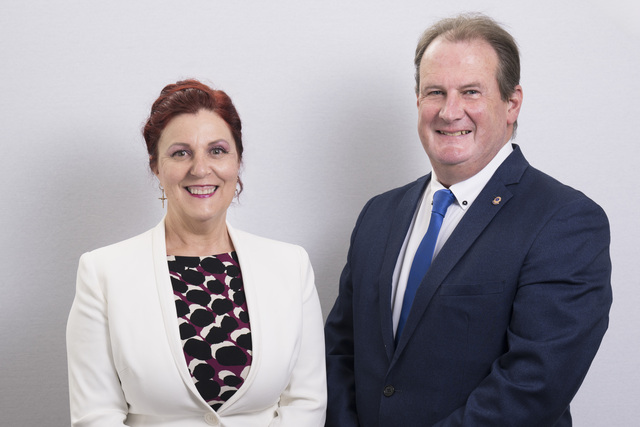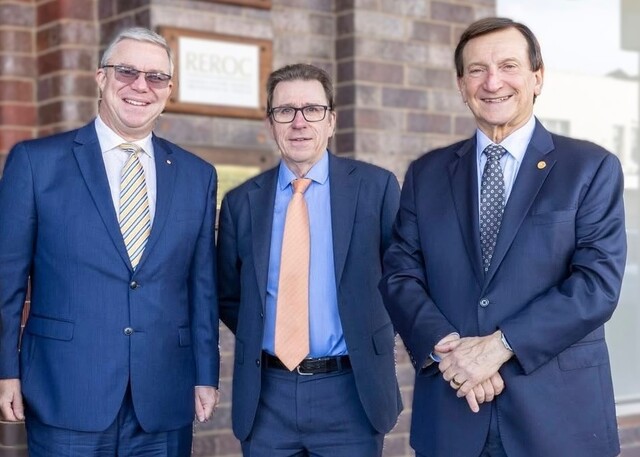While the Andrews Government advertises rate capping as a Fair Go system for Victorians, many councils are facing a decline in service provision according to the Municipal Association of Victoria (MAV).
The MAV told a Parliamentary inquiry that a reduction in State and Federal Government funding combined with the two percent rate cap has left small rural councils struggling to maintain local services and assets.
The MAV presented at last Wednesday night’s public hearing of the ongoing inquiry into the Victorian Government’s rate capping policy.
MAV President Councillor Mary Lalios said financial projections produced by Local Government Victoria indicated that capital spending in small rural shires would decline by 30 percent from 2016-2020.
“In the next two or three years we are going to see serious impacts on councils’ ability to meet their community service and asset renewal obligations, particularly in smaller councils.
“Rural councils each lost around $1million a year for their local road maintenance when the State Government did not renew the Country Roads and Bridges Program in 2015.
“On top of this, the Federal Government’s three-year freeze of Financial Assistance Grants indexation cost Victorian councils around $200million for local infrastructure and community services.
“While we welcome the Federal Government’s decision to restore indexation, the three-year freeze has left a significant ongoing funding gap.
“It is critical that these funding cuts are reversed. Under the two percent rate cap, we are starting to see small councils really struggling to deliver services and capital works programs.”
Cr Lalios said the MAV had successfully lobbied the State Government to restore the 50:50 partnerships between local and State Government for Maternal and Child Health services and the school crossing supervisor program.
“It’s now up to the State and Federal governments to restore the funding they have cut for local community infrastructure and services to ensure that rural communities are not negatively impacted.”








